三氯乙酸钠, 98%,Sodium trichloroacetate
产品编号:西域试剂-WR380032| CAS NO:650-51-1| MDL NO:MFCD00064198| 分子式:CCl3CO2Na| 分子量:185.37
本网站销售的所有产品仅用于工业应用或者科学研究等非医疗目的,不可用于人类或动物的临床诊断或者治疗,非药用,非食用,
| 英文名称 | Sodium trichloroacetate |
|---|---|
| CAS编号 | 650-51-1 |
| 产品熔点 | 300 °C |
| 产品沸点 | 196.499ºC at 760 mmHg |
| 产品密度 | 1.808g/cm3 |
| 产品闪点 | 66.344ºC |
| 精确质量 | 183.886154 |
| PSA | 40.13000 |
| LogP | 0.10650 |
| 折射率 | 1.518 |
| 稳定性 | 远离氧化物,水分/水源。 |
| 储存条件 | 1.存放在密封容器内,并放在阴凉,干燥处。避免接触湿气和水源。 2.储存的地方必须远离氧化剂,远离水源。 |
相关文档
化学品安全说明书(MSDS)
下载MSDS质检证书(COA)
相关产品
| 符号 |

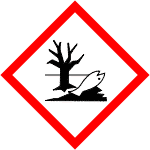
GHS07, GHS09 |
|---|---|
| 信号词 | Warning |
| 危害声明 | H335-H410 |
| 个人防护装备 | dust mask type N95 (US);Eyeshields;Gloves |
| 危害码 (欧洲) | Xi:Irritant;N:Dangerousfortheenvironment; |
| 风险声明 (欧洲) | R37;R50/53 |
| 安全声明 (欧洲) | S46-S60-S61 |
| 危险品运输编码 | UN 3077 9/PG 3 |
| WGK德国 | 2 |
| RTECS号 | AJ9100000 |
| 包装等级 | III |
Synonym:Sodium trichloroacetate; Sodium TC Section 2 - COMPOSITION, INFORMATION ON INGREDIENTS
Risk Phrases: 37 50/53 Section 3 - HAZARDS IDENTIFICATION EMERGENCY OVERVIEW
Irritating to respiratory system. Very toxic to aquatic organisms, may cause long-term adverse effects in the aquatic environment.Hygroscopic (absorbs moisture from the air). Potential Health Effects Eye: May cause eye irritation. Skin: May cause skin irritation. Ingestion: May cause gastrointestinal irritation with nausea, vomiting and diarrhea. Inhalation: May cause respiratory tract irritation. Chronic: Not available. Section 4 - FIRST AID MEASURES Eyes: Flush eyes with plenty of water for at least 15 minutes, occasionally lifting the upper and lower eyelids. Get medical aid. Skin: Get medical aid. Flush skin with plenty of water for at least 15 minutes while removing contaminated clothing and shoes. Wash clothing before reuse. Ingestion: Never give anything by mouth to an unconscious person. Get medical aid. Wash mouth out with water. Inhalation: Remove from exposure and move to fresh air immediately. If not breathing, give artificial respiration. If breathing is difficult, give oxygen. Get medical aid. Notes to Physician: Antidote: None reported. Section 5 - FIRE FIGHTING MEASURES General Information: As in any fire, wear a self-contained breathing apparatus in pressure-demand, MSHA/NIOSH (approved or equivalent), and full protective gear. During a fire, irritating and highly toxic gases may be generated by thermal decomposition or combustion. Extinguishing Media: Use water spray, dry chemical, carbon dioxide, or chemical foam. Section 6 - ACCIDENTAL RELEASE MEASURES General Information: Use proper personal protective equipment as indicated in Section 8. Spills/Leaks: Clean up spills immediately, observing precautions in the Protective Equipment section. Sweep up, then place into a suitable container for disposal. Avoid generating dusty conditions. Provide ventilation. Section 7 - HANDLING and STORAGE Handling: Wash thoroughly after handling. Use with adequate ventilation. Minimize dust generation and accumulation. Avoid breathing dust, vapor, mist, or gas. Avoid contact with eyes, skin, and clothing. Keep container tightly closed. Storage: Store in a tightly closed container. Store in a cool, dry, well-ventilated area away from incompatible substances. Section 8 - EXPOSURE CONTROLS, PERSONAL PROTECTION Engineering Controls: Use adequate ventilation to keep airborne concentrations low. Exposure Limits CAS# 650-51-1: Personal Protective Equipment Eyes: Wear appropriate protective eyeglasses or chemical safety goggles as described by OSHA's eye and face protection regulations in 29 CFR 1910.133 or European Standard EN166. Skin: Wear appropriate protective gloves to prevent skin exposure. Clothing: Wear appropriate protective clothing to prevent skin exposure. Respirators: Follow the OSHA respirator regulations found in 29 CFR 1910.134 or European Standard EN 149. Use a NIOSH/MSHA or European Standard EN 149 approved respirator if exposure limits are exceeded or if irritation or other symptoms are experienced. Section 9 - PHYSICAL AND CHEMICAL PROPERTIES Physical State: Solid Color: Not available. Odor: Not available. pH: Not available. Vapor Pressure: Not available. Viscosity: Not available. Boiling Point: Not available. Freezing/Melting Point: >300 deg C dec Autoignition Temperature: Not available. Flash Point: 140 deg C ( 284.00 deg F) Explosion Limits, lower: N/A Explosion Limits, upper: N/A Decomposition Temperature: 140 deg C Solubility in water: soluble in ethanol, methanol, acetone, d Specific Gravity/Density: Molecular Formula: C2Cl3O2Na Molecular Weight: 185.37 Section 10 - STABILITY AND REACTIVITY Chemical Stability: Stable under normal temperatures and pressures. Conditions to Avoid: Dust generation, exposure to moist air or water. Incompatibilities with Other Materials: Strong oxidizing agents. Hazardous Decomposition Products: Hydrogen chloride, carbon monoxide, carbon dioxide, sodium oxide. Hazardous Polymerization: Will not occur. Section 11 - TOXICOLOGICAL INFORMATION RTECS#: CAS# 650-51-1: AJ9100000 LD50/LC50: CAS# 650-51-1: Inhalation, rat: LC50 = >365 gm/m3/4H; Oral, mouse: LD50 = 3600 mg/kg; Oral, rabbit: LD50 = 6 gm/kg; Oral, rat: LD50 = 3320 mg/kg; Skin, rat: LD50 = >2 gm/kg. Carcinogenicity: Trichloroacetic acid, sodium salt - Not listed by ACGIH, IARC, or NTP. Other: See actual entry in RTECS for complete information. Section 12 - ECOLOGICAL INFORMATION Ecotoxicity: LC50 (96 hr) common carp 2500 mg/l [Knapek, R. et al Einige Untersuchungen der toxischen Wirkung von Pestiziden im Wasser. Tag.-Ber, Akad Landwirtsch. Wiss. DDR, Berlin 1974, 126, 105-109] LC50 (96 hr) minnow 2000 mg/l [Dennis, W.H. et al Environ. Sci. Technol. 1979, 13(5), 594-598] Not toxic to bees [The Agrochemicals Handbook 3rd ed., 1991, RSC, London] Section 13 - DISPOSAL CONSIDERATIONS Dispose of in a manner consistent with federal, state, and local regulations. Section 14 - TRANSPORT INFORMATION IATA Not regulated as a hazardous material. IMO Not regulated as a hazardous material. RID/ADR Not regulated as a hazardous material. Section 15 - REGULATORY INFORMATION European/International Regulations European Labeling in Accordance with EC Directives Hazard Symbols: XI N Risk Phrases: R 37 Irritating to respiratory system. R 50/53 Very toxic to aquatic organisms, may cause long-term adverse effects in the aquatic environment. Safety Phrases: S 46 If swallowed, seek medical advice immediately and show this container or label. S 60 This material and its container must be disposed of as hazardous waste. S 61 Avoid release to the environment. Refer to special instructions/safety data sheets. WGK (Water Danger/Protection) CAS# 650-51-1: No information available. Canada CAS# 650-51-1 is listed on Canada's NDSL List. CAS# 650-51-1 is not listed on Canada's Ingredient Disclosure List. US FEDERAL TSCA CAS# 650-51-1 is listed on the TSCA inventory. SECTION 16 - ADDITIONAL INFORMATION N/A |
|
~% 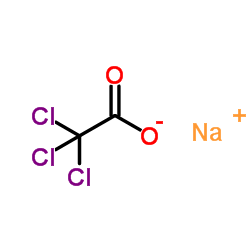
650-51-1 |
| 文献:US4285882 A1, ; |
| 上游产品 1 | |
|---|---|
| 下游产品 8 | |




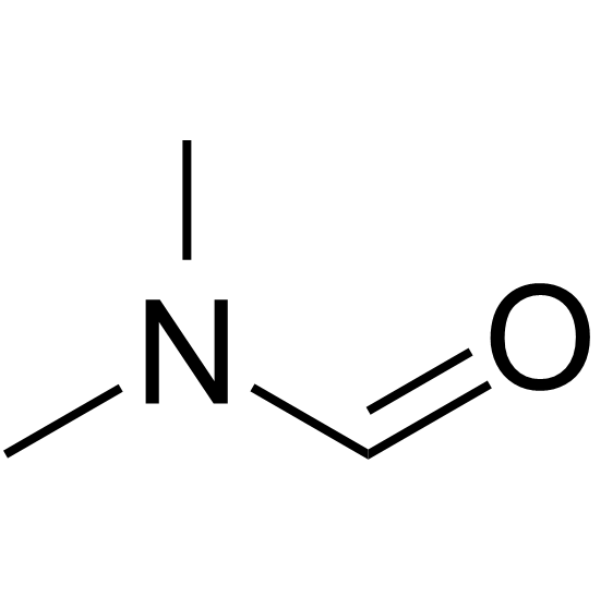
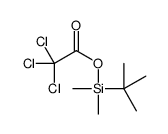
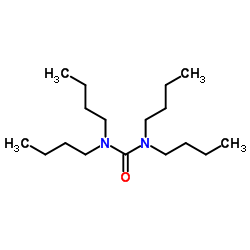
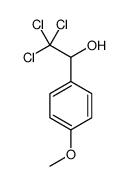
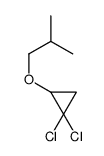

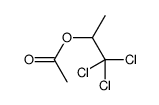
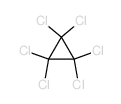
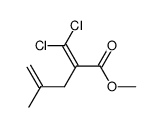





 浙公网安备 33010802013016号
浙公网安备 33010802013016号